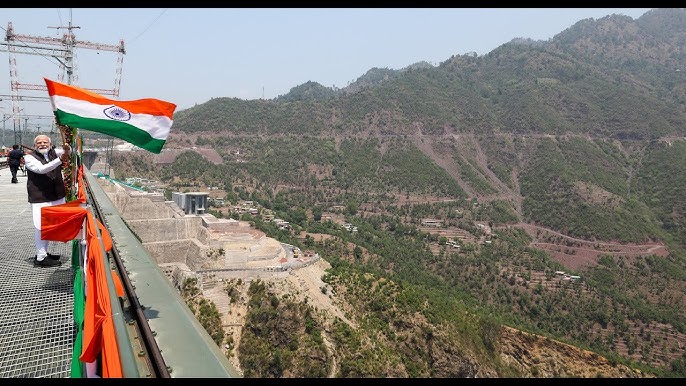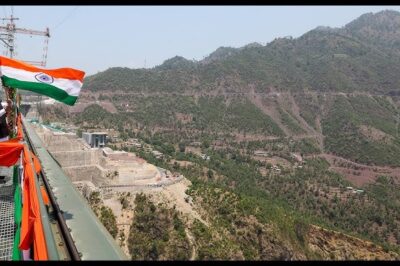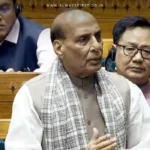
A Historic Leap in Connectivity
On June 6, 2025, Prime Minister Narendra Modi inaugurated a monumental ₹46,000 crore infrastructure initiative in Jammu & Kashmir, marking a transformative moment in the region’s development. Central to this project is the completion of the Udhampur-Srinagar-Baramulla Rail Link (USBRL), a 272-kilometer railway line that connects the Kashmir Valley to the Indian mainland for the first time. This all-weather rail corridor, featuring 36 tunnels and 943 bridges, is poised to revolutionize transportation, trade, and tourism in the region.
Engineering Marvels: Chenab and Anji Khad Bridges
Among the standout achievements of the USBRL are two engineering marvels: the Chenab Rail Bridge and the Anji Khad Bridge. The Chenab Bridge, standing at 359 meters above the riverbed, is the world’s highest railway arch bridge, surpassing the height of the Eiffel Tower. Spanning 1,315 meters, it is designed to withstand extreme weather conditions, including wind speeds up to 260 km/h, and has a projected lifespan of 120 years. The Anji Khad Bridge, India’s first cable-stayed railway bridge, rises 331 meters above the Anji River, connecting the towns of Katra and Reasi. Together, these bridges exemplify India’s engineering prowess and commitment to enhancing connectivity in challenging terrains.
Vande Bharat Express: A New Era of Travel
To complement the new rail link, PM Modi flagged off two Vande Bharat Express trains between Katra and Srinagar. These state-of-the-art trains are specially designed to operate in the harsh Himalayan winters, featuring heated windshields, thermal insulation, and advanced heating systems. With a journey time of approximately three hours, the Vande Bharat Express significantly reduces travel time between the two cities, offering a comfortable and efficient mode of transportation for passengers.
Economic Implications and Strategic Importance
The completion of the USBRL and the inauguration of the Vande Bharat Express are expected to have far-reaching economic implications. The enhanced connectivity is anticipated to boost tourism, facilitate the movement of goods, and create employment opportunities in Jammu & Kashmir. Additionally, the rail link holds strategic significance, providing improved access for defence and security forces in the region.
Political Relevance and Regional Integration
PM Modi’s visit to Jammu & Kashmir is his first since the April 2025 attack on Hindu tourists in Pahalgam, which resulted in 26 deaths. During his visit, he emphasized India’s commitment to the region’s development, stating that the atmosphere of development will not be hindered by such attacks. The inauguration of the USBRL and other infrastructure projects underscores the government’s efforts to integrate Jammu & Kashmir more closely with the rest of India.
Looking Ahead
The completion of the USBRL and the introduction of the Vande Bharat Express mark significant milestones in the development of Jammu & Kashmir. As the region continues to modernize its infrastructure, these initiatives are expected to pave the way for sustained economic growth, improved quality of life for residents, and enhanced national integration. The government’s focus on infrastructure development in Jammu & Kashmir reflects a broader vision of inclusive progress and regional connectivity.









































Leave a Reply